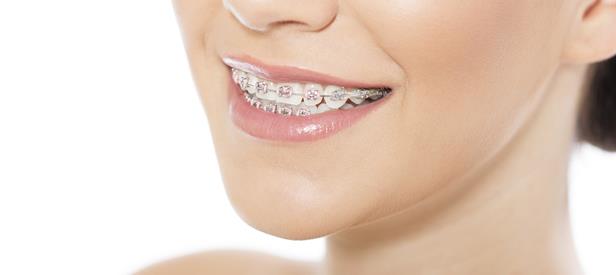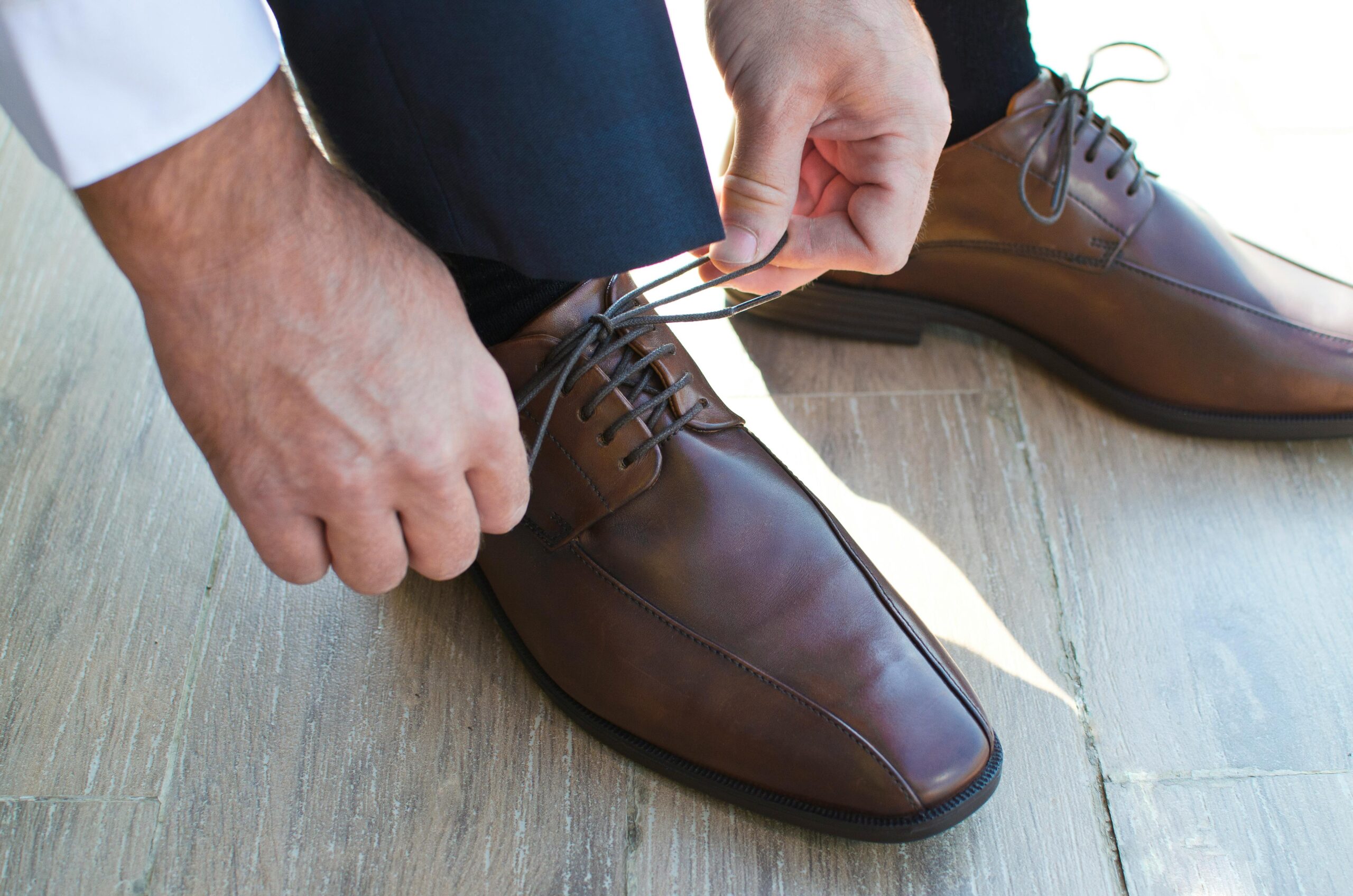Understanding the Importance of Regular Dental Check-ups for Overall Health
Regular dental check-ups are crucial not only for maintaining oral health but also for safeguarding overall well-being. Dentists recommend biannual visits to monitor oral hygiene, detect potential issues early, and administer preventative care. These appointments typically include a thorough examination of teeth and gums, checking for cavities, plaque buildup, and signs of gum disease. Professional cleanings remove stubborn tartar that regular brushing and flossing can miss, preventing the progression of oral diseases. Moreover, dental check-ups play a pivotal role in identifying systemic health issues. Research links poor oral health to conditions such as cardiovascular disease, diabetes, and respiratory infections. By addressing oral health promptly, dentists can mitigate risks and coordinate care with other healthcare providers when necessary. Beyond disease prevention, regular dental visits promote long-term cost savings. Early detection of dental problems like cavities or gum disease allows for less invasive treatments, avoiding costly procedures that may arise from neglect. Moreover, maintaining optimal oral health contributes to overall quality of life. A healthy mouth supports proper chewing and digestion, enhances speech, and boosts self-esteem.

Dental professionals also educate patients on effective oral hygiene practices tailored to individual needs, empowering them to take active roles in their dental care between visits. For children, regular dental check-ups are especially crucial. Monitoring oral development from an early age helps identify issues like misalignment or decay, which can impact speech development and overall health. Additionally, dental visits provide opportunities for fluoride treatments and dental sealants that prevent cavities in vulnerable young teeth. Establishing positive dental habits early on sets the stage for a lifetime of good oral health practices and visit the page https://www.dentistredmond.com/bellevue/. In recent years, the role of oral health in overall systemic health has garnered increasing attention. Studies continue to demonstrate connections between gum disease and conditions such as diabetes, heart disease, and adverse pregnancy outcomes. Regular dental check-ups facilitate early intervention and management of these interconnected health issues. Dentists can advise patients on lifestyle factors impacting oral health, such as diet and tobacco use, further promoting holistic well-being.
Moreover, dental visits serve as an opportunity for personalized health assessments. Dentists assess individual risk factors, such as genetic predispositions or medical conditions affecting oral health, tailoring care plans accordingly. This personalized approach ensures comprehensive care that addresses both immediate dental needs and long-term health goals. In conclusion, regular dental check-ups are not merely about maintaining a bright smile; they are essential for overall health and well-being. By prioritizing biannual visits to the dentist, individuals can prevent oral diseases, detect systemic health issues early, and receive personalized care that supports lifelong oral and systemic health. Investing in preventive dental care not only saves money in the long run but also enhances quality of life by promoting optimal oral function and self-confidence. Ultimately, the benefits of regular dental check-ups extend far beyond the mouth, contributing to a healthier, happier life.

